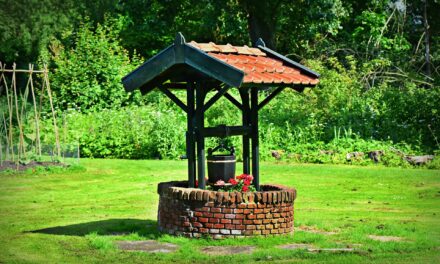We at first tuesday are inclined to say no, especially after watching hour after (sleepless) hour of blissfully wacky and fantastic Olympic coverage, where our athletes either:
- mumbled their way through the first half and feebly mouthed the last two lines; or
- didn’t even try (why get caught on tape mouthing the wrong words?).
Only our women’s soccer team (golden, baby, “goaaaaaaaal”den!) sang our National Anthem in full voice (if a bit, okay, a lot off-key) and with full knowledge of the words to Francis Scott Key’s poem, “Defence of Fort McHenry.” (The original title.)
Key wrote the poem that would later, on March 3, 1931, become our nation’s anthem the morning after the British attack on Baltimore, Maryland’s Fort McHenry. The battle began on September 13, 1814 as Key watched from aboard a British frigate.
Key, a successful young lawyer, found himself on the enemy’s flagship due to an unusual set of circumstances. Months before the attack, Key had learned that a good friend and respected physician, Dr. William Beanes, had been captured by the British. Called upon by the good doctor’s family and friends to help negotiate his release, Key left Baltimore under a flag of truce to meet the British fleet. After successfully securing Dr. Beanes’ release, they were held overnight to prevent them from telling the American forces stationed in and around Fort McHenry any details of the impending attack.
On the morning of September 13, 1814, the British began their 25-hour bombardment of Fort McHenry.
After a fretful night of wondering if Fort McHenry still stood, the pre-dawn light revealed that “the flag was still there.” Overjoyed by the knowledge that the British had not been successful in their plans, Key took pen to paper and wrote the now famous, if not well remembered, poem.
Upon reaching Baltimore, Key had his brother-in-law, Judge J.H. Nicholson, take the poem to the printer, where copies were circulated under the title, “Defence of Fort McHenry.” (The title, “The Star-Spangled Banner,” was not added until later that same year.) This first known printing of Key’s poem appeared on broadsides or broadsheets (basically large flyers) in Baltimore on September 17, 1814.
Accompanying the poem was a note from Key stating the poem was to be sung to the tune of “To Anacreon in Heaven,” a very popular drinking song written by John Stafford Smith around 1775 for the Anacreontic Society, a gentlemen’s music club. (The Society played the piece at their London meetings in honor of the Greek poet, Anacreon, whose poems were noteworthy for their praise of love and wine, although not necessarily in that order.)
The popularity of the tune was so widespread that at one time, the tune was also used by Luxembourg as their national anthem. (They wisely changed it, no doubt after realizing how incredibly difficult it is for normal (sober) people to sing.)
And maybe that’s one of the reasons why so many Americans no longer know the words to our National Anthem. Most people can’t hit the notes, so they don’t try, and the cultural phenomenon of singing pub songs seemed to disappear with our break from Britain.
Maybe that’s it. We just aren’t a nation of singers anymore (which might also explain our current taste in pop music, but that’s a topic for another day). So we at first tuesday propose this:
- grab a bit of good cheer (be it in the form of a pint, the thrill of victory, or the love of a good man/woman);
- call up some good friends to share in the good times; and
- sing it loud and clear!
“O say can you see, by the dawn’s early light,
What so proudly we hail’d at the twilight’s last gleaming,
Whose broad stripes and bright stars through the perilous fight,
O’er the ramparts we watch’d, were so gallantly streaming?
And the rocket’s red glare, the bombs bursting in air,
Gave proof through the night that our flag was still there,
O say does that star spangled banner yet wave,
O’er the land of the free and the home of the brave?”
For more information about the “Star-Spangled Banner” (anthem or flag) or Francis Scott Key, go to
http://americanhistory.si.edu/ssb/6_thestory/6b_osay/fs6b.html,
http://en.wikipedia.org/wiki/The_Star-Spangled_Banner,
http://www.usflag.org or http://www.bcpl.net.











